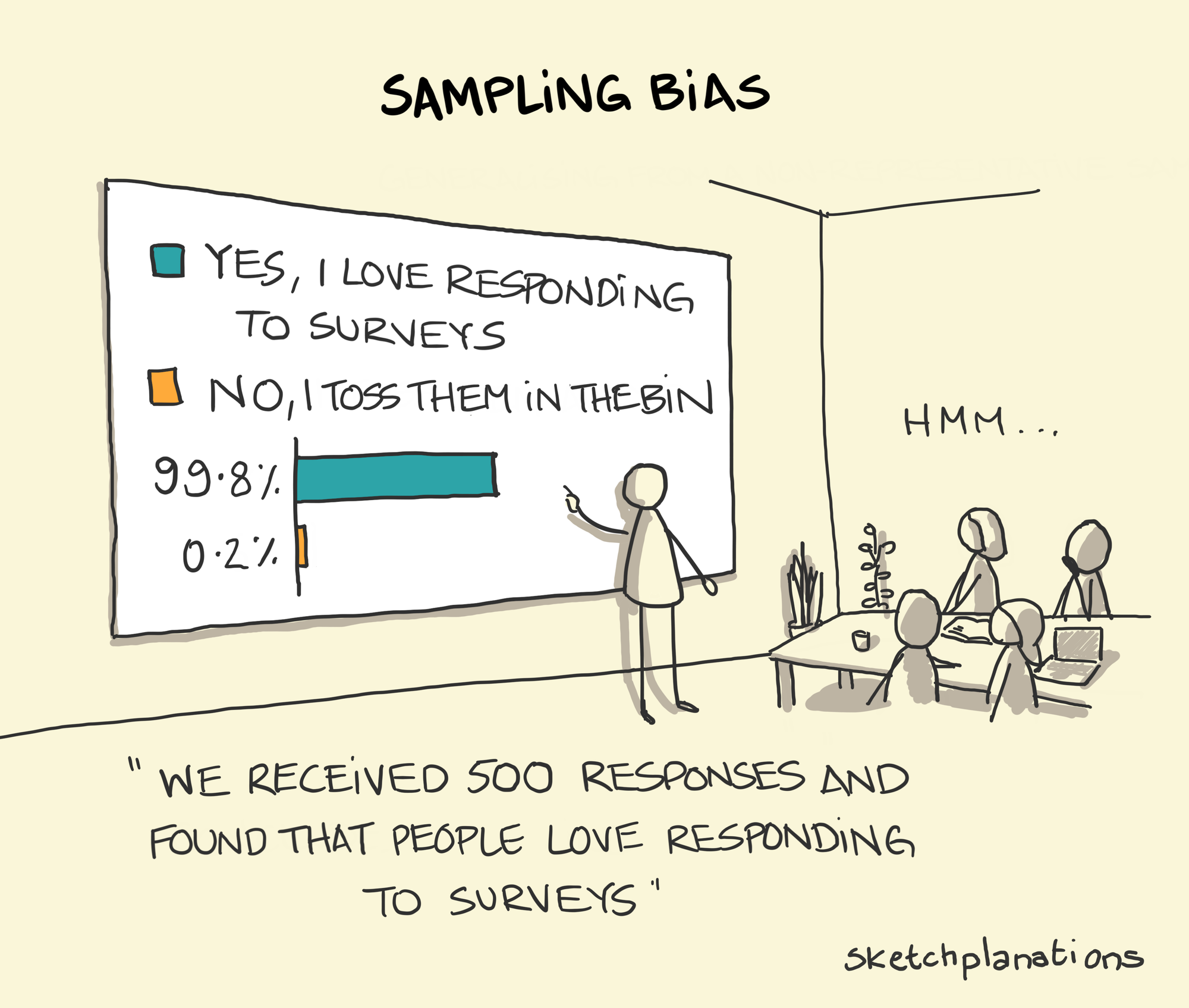Why wasn't I consulted? How local consultations work

This is a story about Flower Lane. It’s a story about what you can do with and without asking.
Two neighbours decided to brighten up an alleyway used by children walking and cycling to Larkrise School in East Oxford. Dawn and Lesley, the ‘Flower Ladies’, started with flowerpots, then planted a border, and in due course raised money for a bold mural. They gave the alley a name and their work won an award from Oxford Preservation Trust.
At the north end of Flower Lane, a metal barrier separates the path from the road ahead. It also makes a tricky manoeuvre for bigger bicycles, so residents asked the County Council to remove the railings. This meant a public consultation in February 2024... which attracted enough comments that the decision was deferred for further consultation, first informally by email in August, then by another public consultation in November. The change was finally approved this January.
But nearly 18 months since the first consultation, the barrier is still in place.
Why would a council spend time and money running not one but two public consultations about a fence on a quiet side street? Because removing the fence would also mean removing one (1) car parking space.
How was your council today?
Councils can be as needy as supermarkets to know what you think. They want to know your opinion about removing a single parking space, and about a £176m flood alleviation scheme. Yet they don’t want to know your opinion about which flags to fly from the Town Hall, or about selling off County Hall.
Both the city and county councils run consultations on their budgets. That's £100 million for the city, and ten times as much again for the county. How many members of the public are qualified to comment on such sums?
So decisions are sometimes taken out of council hands, as with Botley West Solar Farm or Abingdon Reservoir, both of which have been designated Nationally Significant Infrastructure Projects to be decided by central Government.
Chesterton’s Fence

Let’s return to hyperlocal matters. In 2021, the County Council's Quickways scheme removed a car lane from Rose Hill in Oxford. This required a full consultation. Three years later, local councillors pressed for the cycle wands to be removed. This was done without a public consultation.
The Edwardian writer G.K. Chesterton is quoted as saying that you should never remove a fence unless and until you have understood why it was put there. Flower Lane is a literal example of Chesterton’s Fence; the Rose Hill cycle wands are the opposite.
What can be counted and what counts
Cabinet member for transport management Andrew Gant recently set out expectations for public consultations in a detailed response to a written question by Cllr David Henwood (Conservative/Independent Alliance). He explains that a consultation is not simply “an exercise in simply counting up ticks in one column and crosses in another”.
Why not? The first reason is that people with strong opinions – especially strong objections – are more likely to respond than people who are neutral or ambivalent. Moreover, those responses will over-represent people with time, motivation, and understanding of council procedures.

Worse, it's relatively easy to game a consultation with false details and multiple responses. Council officers across the country have identified irregular submissions to transport proposals (‘Aged 18-24, but "wholly retired"; Aged 65+ but apprentices’).
Finally, a consultation is not a vote, because even legitimate responses are not equal. Andrew Gant again: “Do I give more weight to a parent whose child was almost hit by a car than to ten drivers who want to save a few seconds? Yes, I do.” Councillors and officers do routinely read through all written comments (which are duly republished, with names removed) as well as overall numbers in support or objecting. These include comments from organisations as well as from individuals.
What difference does it make?
The second justification for not adding up ticks and crosses is that that’s not what consultations are for. A council is elected by you, the voters, to implement its policy platform. Public consultation is not about whether to implement a policy, only how.
East Oxford’s Low Traffic Neighbourhoods were introduced under an Experimental Traffic Regulation Order, a Government-approved scheme for trialling traffic changes which requires an ongoing public consultation. Opponents hoped this would be an opportunity to remove them. In fact, the consultation led to minor changes: three bollards were replaced with ANPR cameras, while another bollard was moved along the street to a more suitable location.
There are statutory consultees such as the emergency services who need to be kept aware of major planning applications and transport schemes, and who can offer experience and input on technical issues. When Oxford's bus companies requested narrower pavements on Cowley Road earlier this year, there was no open consultation. Instead, councillors and representatives of other transport groups were invited to identify issues at a site visit, in an example of 'co-production'.
And regardless of opinion, consultations can make the public better informed. For instance, when you complete the survey on the congestion charge, you are asked which permits you will be entitled to, as a reminder that your journeys may be exempt from the charge.
Is there a consultation? I hadn’t noticed
In order to become informed, then, how do you find out about a consultation that affects you? Councils are currently required to publish ‘statutory notices’ in local newspapers (subsidising Oxford Mail publishers Newsquest since the collapse of small ads), which you can also receive as customised email alerts. In the flood of minor notices, though, it can prove difficult to pick out what matters to you without overlooking the Stoke Row - Bridleway No. 1 (part) Public Path Extinguishment consultation.
The Local Government Association found that the most widespread alternative methods of publication are high- and low-tech: council websites, and lampposts. Where it's appropriate and practical, local residents are informed by letter. Your Clarion correspondents read council notices (and lampposts) for anything interesting, but we can’t cover everything. As always, the best way to stay informed is to get involved with your neighbourhood organisations, local councillors, and advocacy groups.
The legal foundations for any public consultation are the Gunning Principles from 1985, which include providing sufficient time and information for “intelligent consideration”. A decision taken without regard to these may be overturned by a judicial review. Oxford City Council cited the principles in its recent consultation on consultations (!) and the County Council has similarly promised to 'refresh its consultation and engagement strategy this year'.
Just asking questions
One of the fullest forms of consultation, as well as the most expensive and time-consuming, is the citizens' assembly. With no formal legal standing, this is a process used by councils wanting to test the public waters on topics which are both complicated and contentious. Oxford City Council chose climate change as the topic for its assembly in 2019; Oxfordshire County Council used an assembly in an attempt to resolve Oxford’s traffic.
Consultations are about planning, licensing, and healthcare as well as traffic. But transport is one of the areas where councils have most scope to act, and which affects the most people most visibly. To return to our opening example: removing a single parking space, at Flower Lane or anywhere else, requires a Traffic Regulation Order, and that in turn requires a consultation.
Should councils be freer to act faster? Or should they be more accountable? It depends which side of the fence you’re on.
